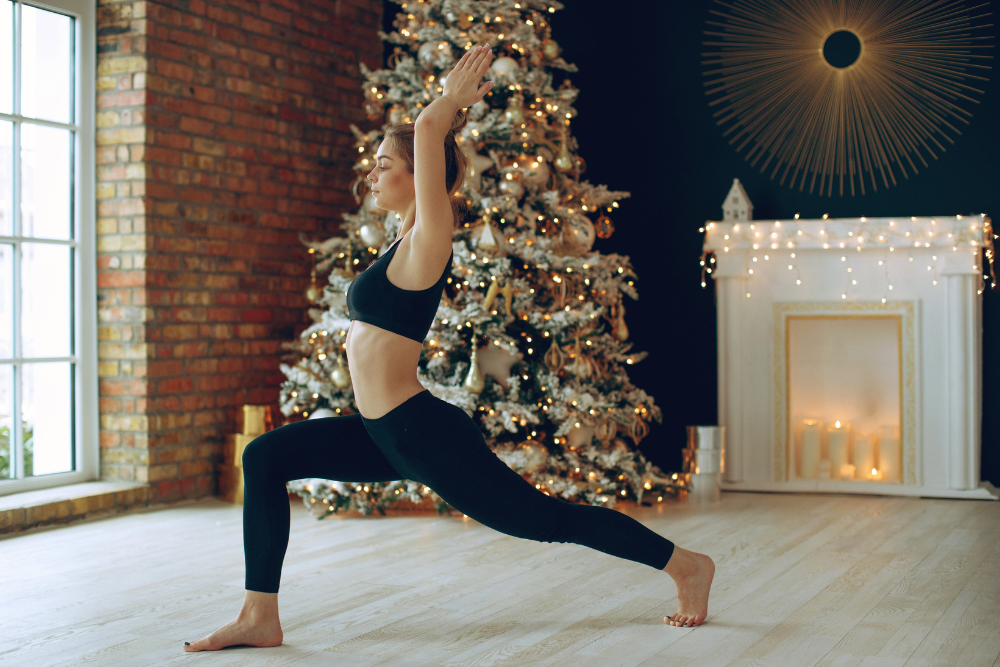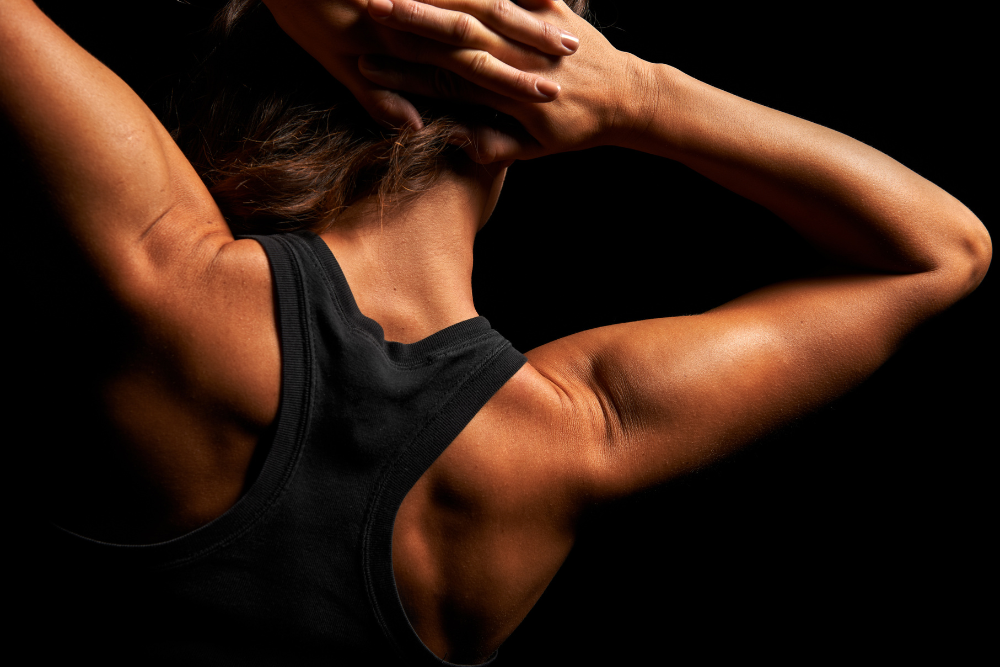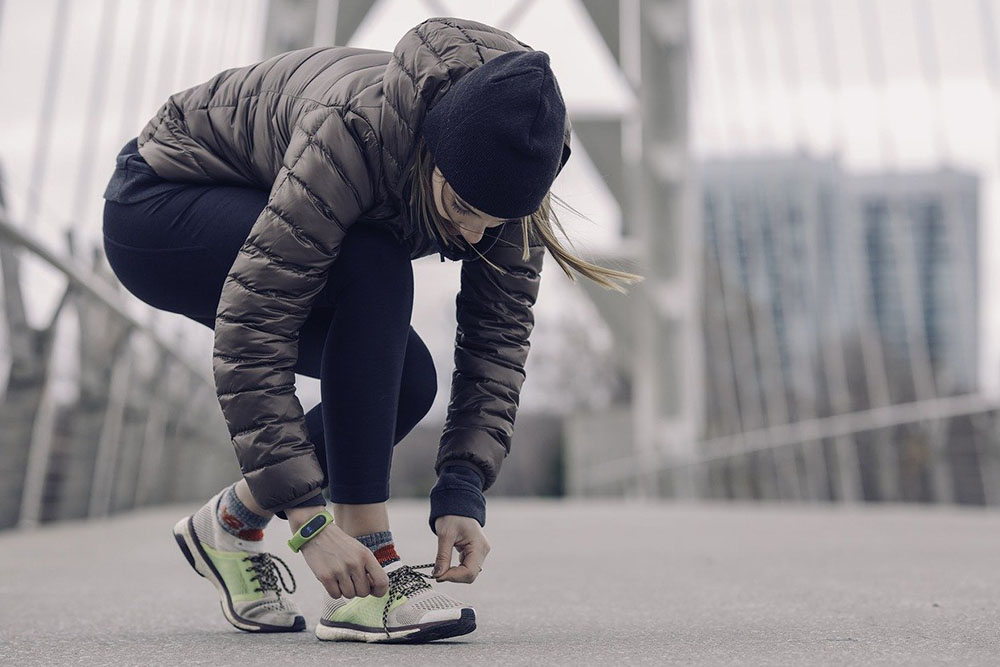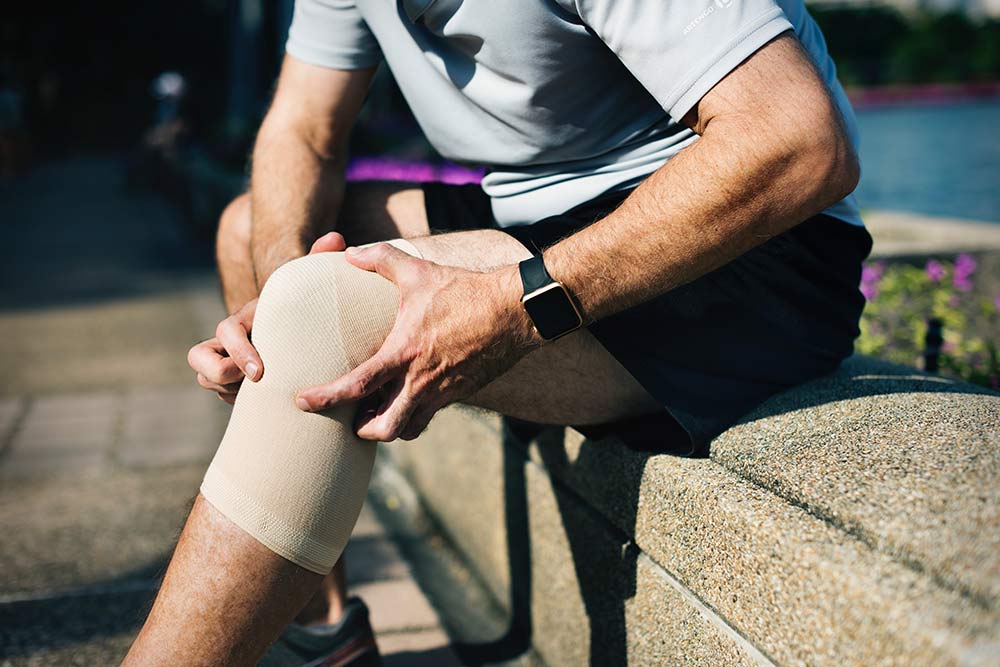High Intensity Training Exercise Helps Reduce Migraines

Catherine O’Brien
Severe headaches and migraines are a problem for a significant part of the population. Roughly 1 in every 7 Americans experience migraines annually (Burch et al., 2015). Migraines tend to be more common in females than males with 19% of females reporting experiencing a migraine in the previous 3-months (9% for males). While analgesics are the typically provided course of treatment, research has begun to investigate the ways in which health behaviors, such as exercise, may alleviate pain associated with migraine.
Why Exercise Helps Reduce Migraines
Researchers at the University of Basel in Switzerland recently published research examining the role of exercise interventions in migraine reduction. With the increased popularity of time-efficient interval training, the researchers aimed to investigate whether high intensity training or moderate continuous exercise training were successful in reducing health measures associated with migraine.
For the purposes of their research, Burch et al. were interested in assessing changes in blood pressure, aortic pulse wave velocity, and pulse wave reflection (measured by augmentation index (AIx). These features were chosen based on their relationship to prevalence of migraine headaches.
The Study
Participants were individuals who reported suffering from headaches (as evidenced by a 4-week run-in period during which they were required to keep a log of all headaches). Upon entry into the study, participants were randomly assigned to one of three exercise conditions:
- High Intensity Interval Training (HIIT): run on treadmill at 90-95% of max HR for 4 minutes, recover for 3 minutes – repeat intervals 4x.
- Moderate Continuous Training (MCT): run on treadmill for 45 minutes maintaining 75% of max HR.
- Control (CON): maintained typical routine as usual.

Throughout the intervention, participants were also instructed to keep a journal log of all headaches and migraine attacks. Upon completion of the 12-week intervention, the same physiological measures were obtained.
Results indicated that, overall, both styles of exercise were able to reduce the number of migraine days. HIIT exercise successfully lowered central systolic blood pressure while MCT exercise successfully lowered central diastolic blood pressure. HIIT exercise produced greater decreases in arterial stiffness (AIx) compared to MCT, which demonstrated smaller reductions in arterial stiffness. There was no change in pulse wave velocity across any of the conditions.
Takeaways
These findings demonstrate a possible complimentary treatment method for individuals suffering with migraines. In addition, in the future researchers must investigate the mechanisms at work here further. Of course, one should always consult a physician before embarking on a new course of treatment. But, if migraines are a burden in your life, consider talking with your doctor about the use of exercise in your treatment planning. HIIT workouts may be helpful!
References
Burch, RC., Loder, S., Loder, E. and Smitherman, TA. (2015). The prevalence and burden of migraine and severe headaches in the United States: updated statistics from government health surveillance studies. Headache, 55(1), 21-34.
Hanssen, H., Minghetti, A., Magon, S., Tossmeissi, A., Papadopoulou, A., Klenk, C., … Donath, L. (2017). Superior effects of high-intensity interval training vs. moderate continuous training on arterial stiffness in episodic migraine: A randomized control trial. Frontiers in Physiology, 8, (1086), 1-10.You Might Like:
















